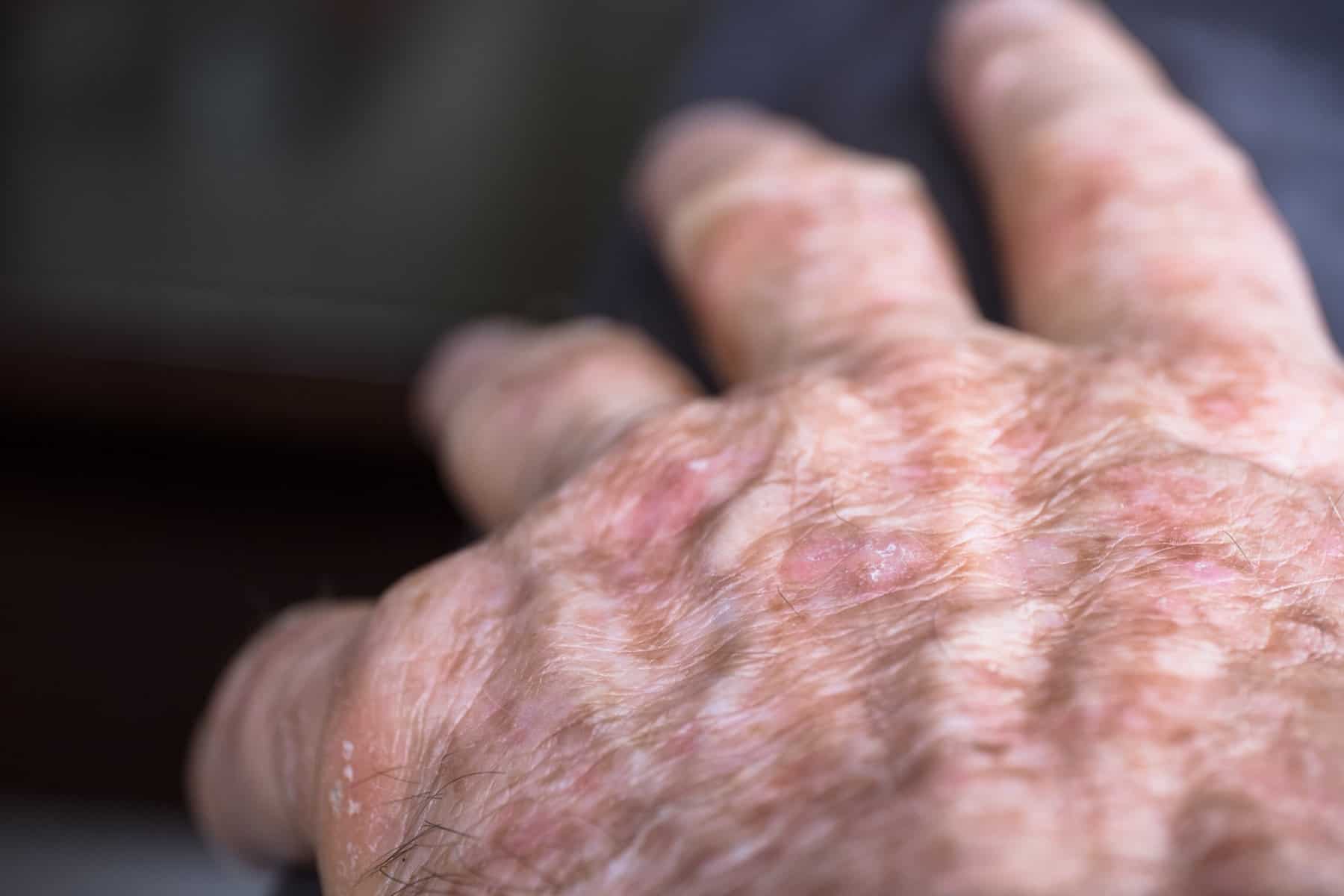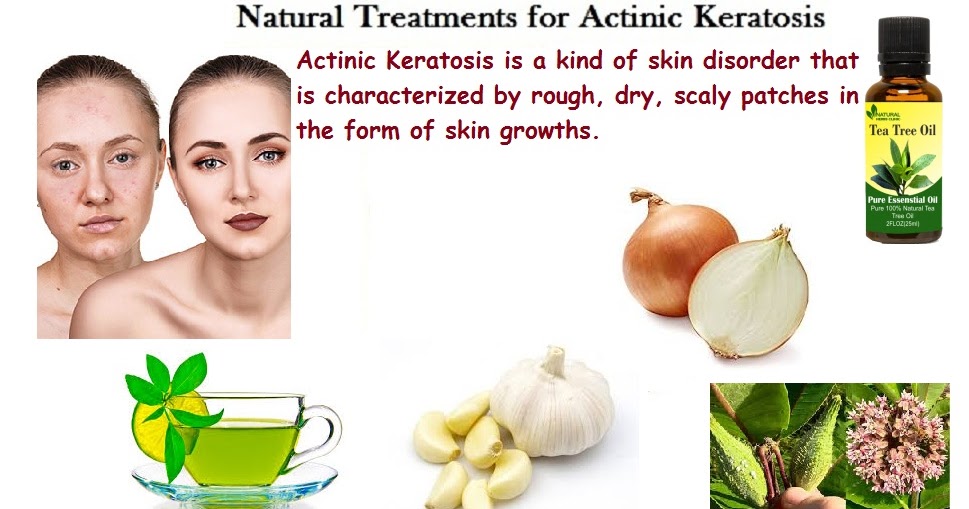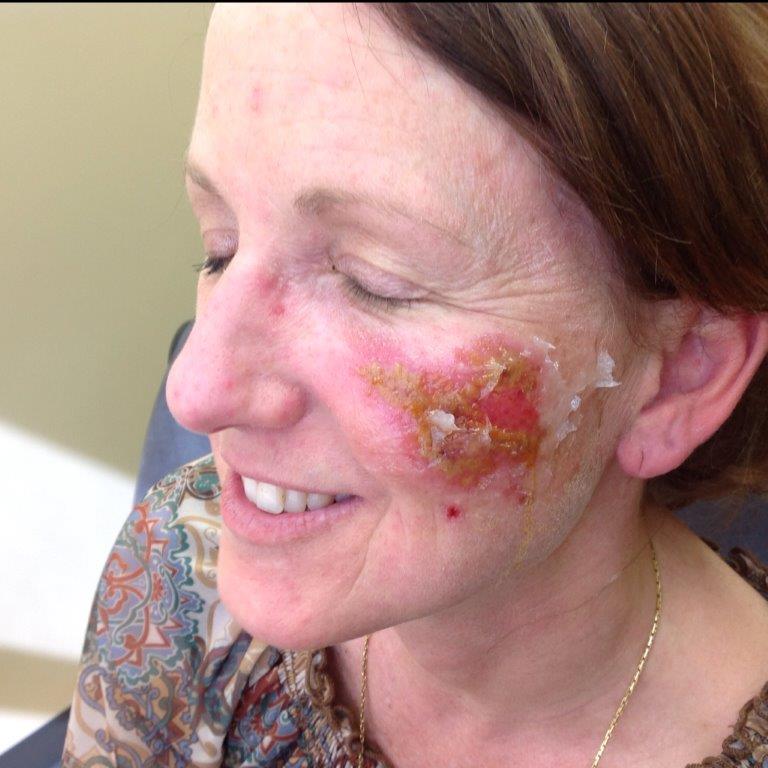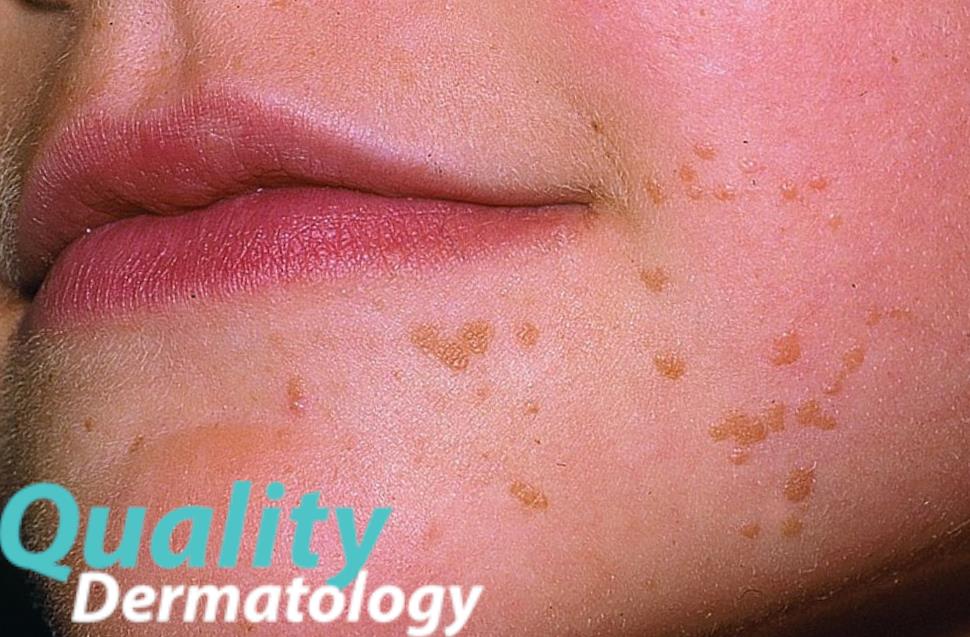Neat Info About How To Treat Actinic Keratosis

The journal of the american academy of dermatology (jaad) published new guidelines for the treatment and management of actinic keratosis (ak).
How to treat actinic keratosis. Bald patches on the scalp. When you treat at home, you apply medication to your skin as directed. Here's how to recognize and treat actinic keratosis.
De berker presented an exemplary study in which 13 percent of patients with acute actinic keratosis were deemed to lack capacity for consent. Overview what is actinic keratosis? Dr skin will not be reimbursed for his “excessive” treatments.
It’s not clear why it helps reduce the. Rough, dry or scaly patch of skin, usually less than 1 inch (2.5 centimeters) in diameter. Using this approach can reduce your risk of developing new aks and possibly skin cancer.
These spots are called actinic keratoses, but. It is also known as solar keratosis and usually occurs in people. Actinic keratoses are very common on sites repeatedly exposed to the sun, especially the backs of the hands and the face, most often affecting the ears, nose, cheeks, upper lip, vermilion of the lower lip, temples, forehead, and balding scalp.
Some people may only need one treatment, but others require more to rid the skin of all the actinic keratosis. Other categories observed were the grading, histologic. The goal of the study was to analyze the current reports of management for ak to provide recommendations for treatment.
Many methods are used to remove actinic keratosis, including: The physician applies liquid nitrogen to freeze the tissue, which eventually falls off, allowing healthy skin to. Ak is a type of precancer, which means that if you don’t treat the condition, it.
Flat to slightly raised patch or bump on the top layer of skin. Actinic keratosis lesions appear on parts of your body regularly exposed to sun, like your face. They are caused by ultraviolet (uv) damage to the skin.
New skin generally regrows within a few weeks. Treatments for actinic keratoses include: Actinic keratosis (ak) actinic cheilitis keratosis pilaris acute kidney injury (aki) tinea corporis (ringworm of the body) overview what are the symptoms of actinic keratosis?
Most actinic keratosis therapies, whether cryosurgery or cream application, have side effects and thus require consent, and most patients with actinic keratosis are elderly. Some actinic keratoses can turn into squamous cell skin cancer. Actinic keratosis is a rough, scaly patch or bump on the skin.
The issue has yet to be resolved. Actinic keratosis is a skin condition that often occurs on the face, lips, ears, forearms, scalp, neck, or the back of the hands. Actinic keratoses may be treated for cosmetic reasons or for relief of associated symptoms, but the most compelling reason for treatment is to prevent squamous cell carcinomas.


















